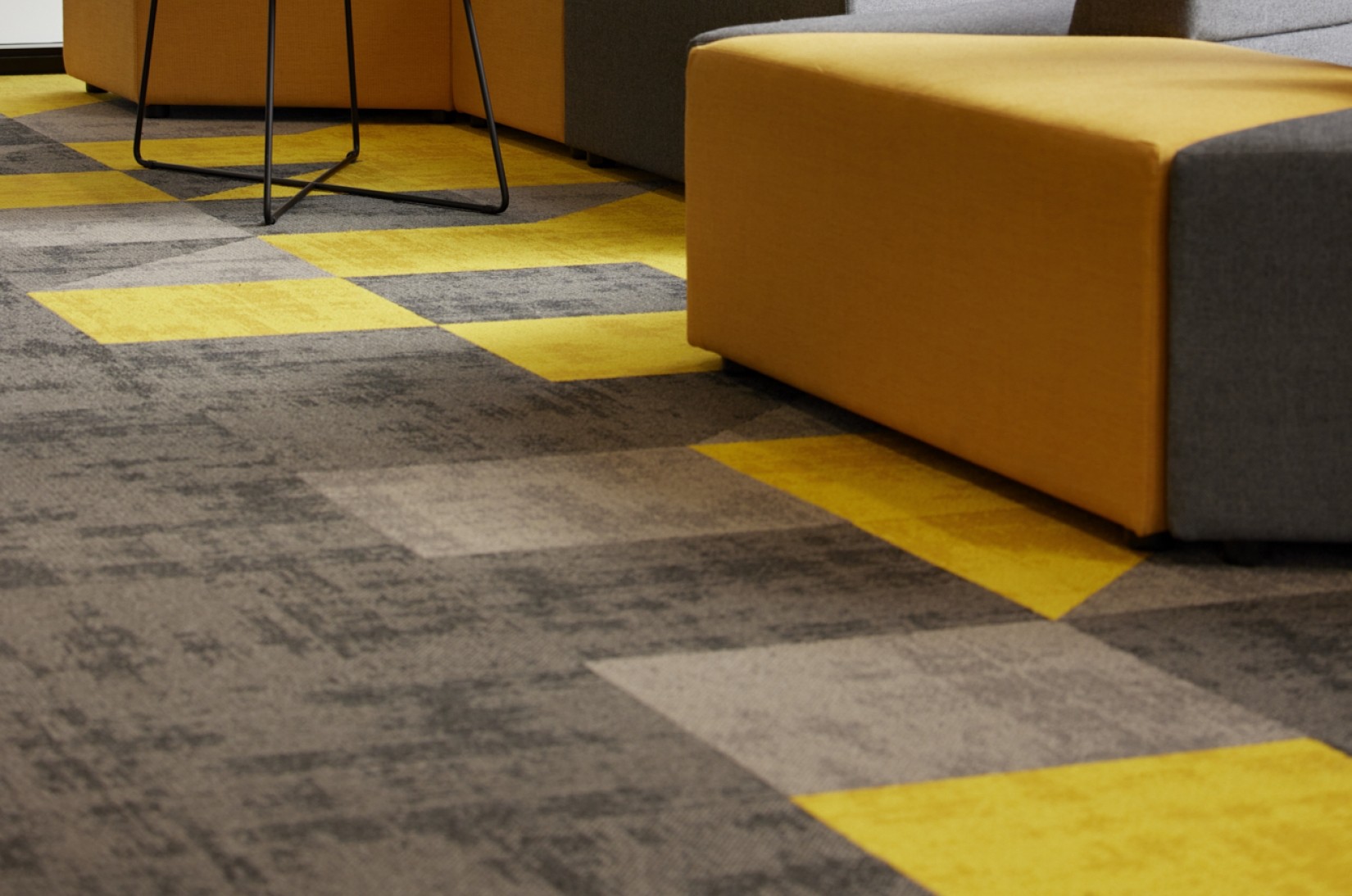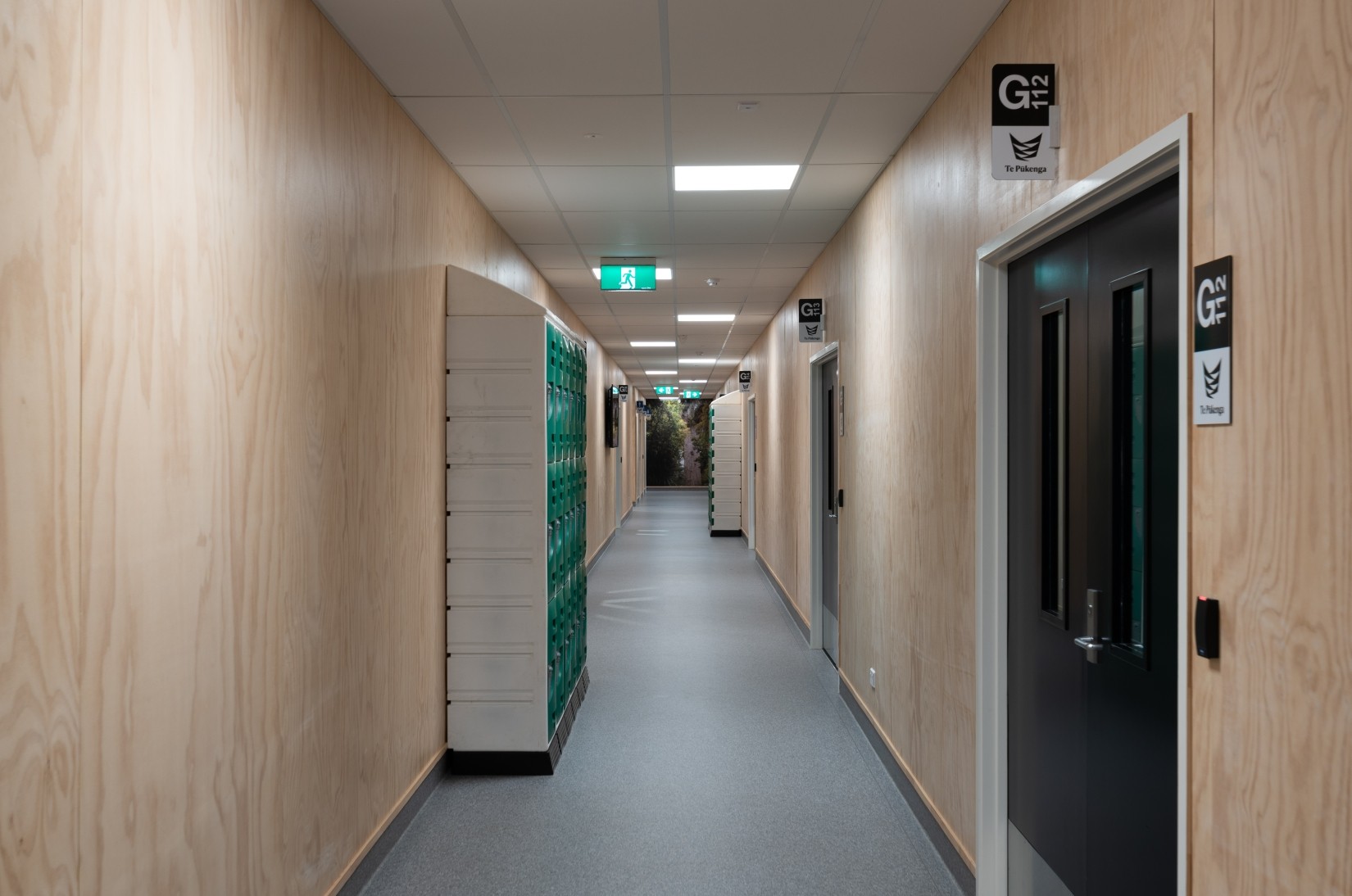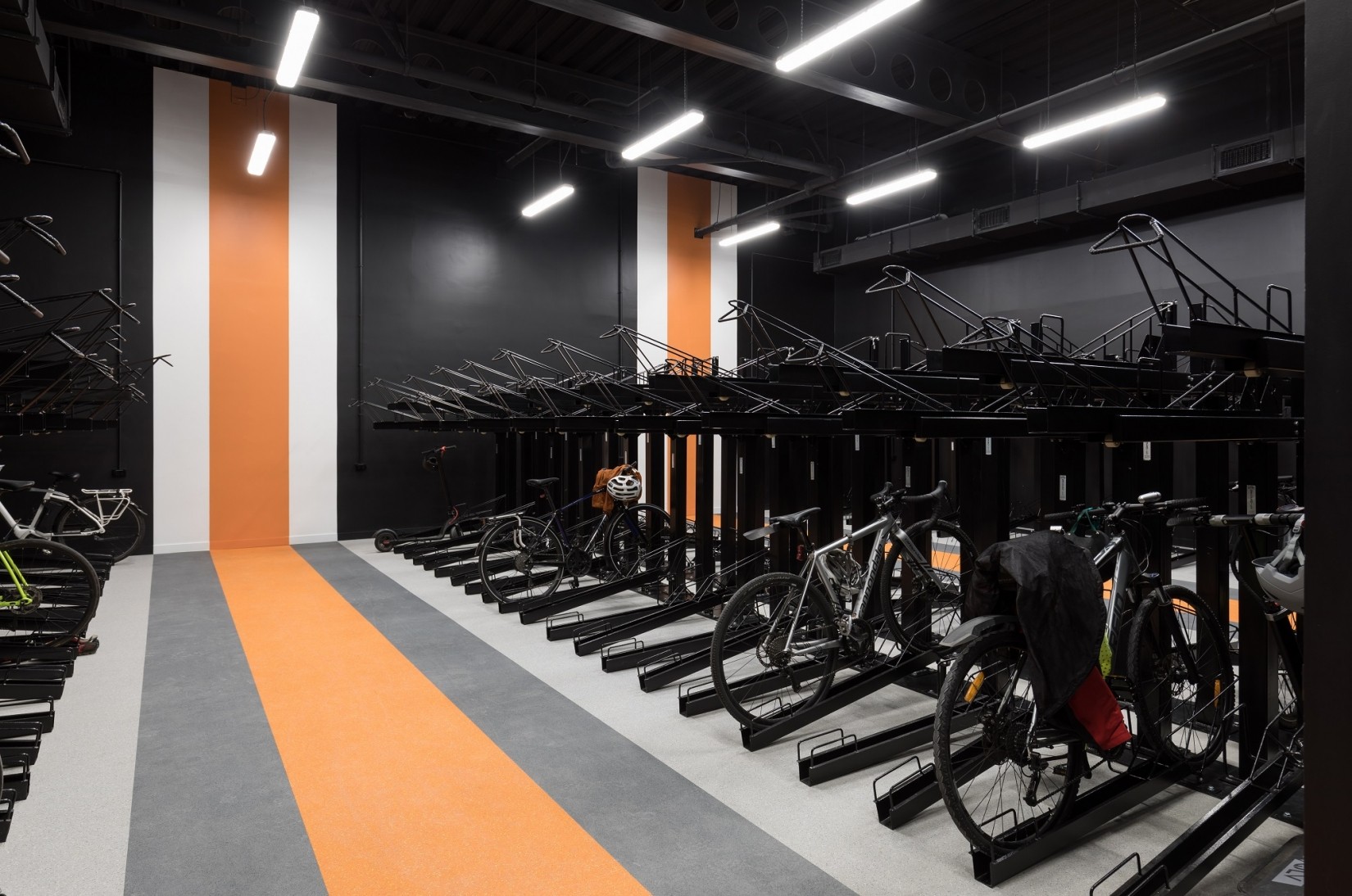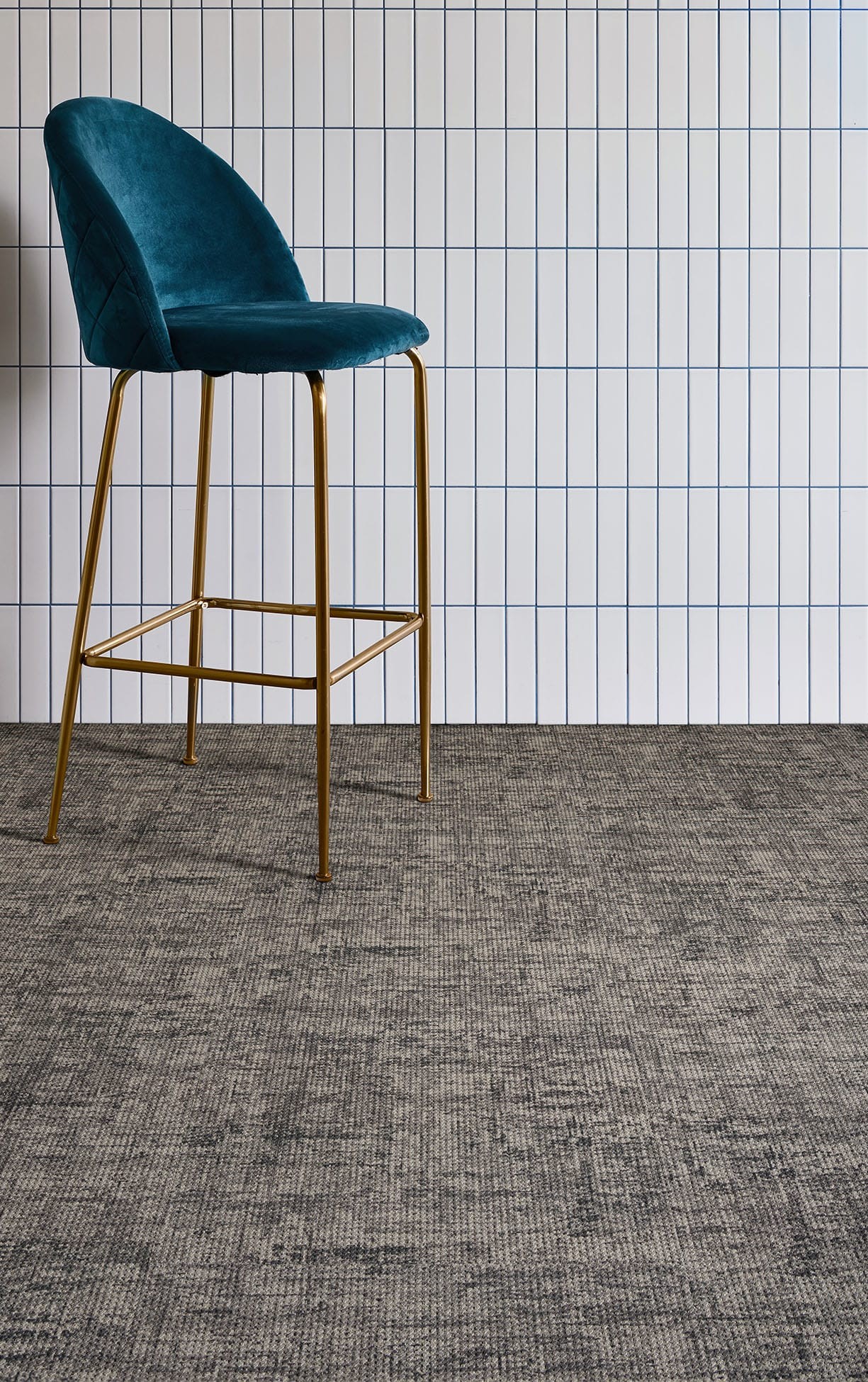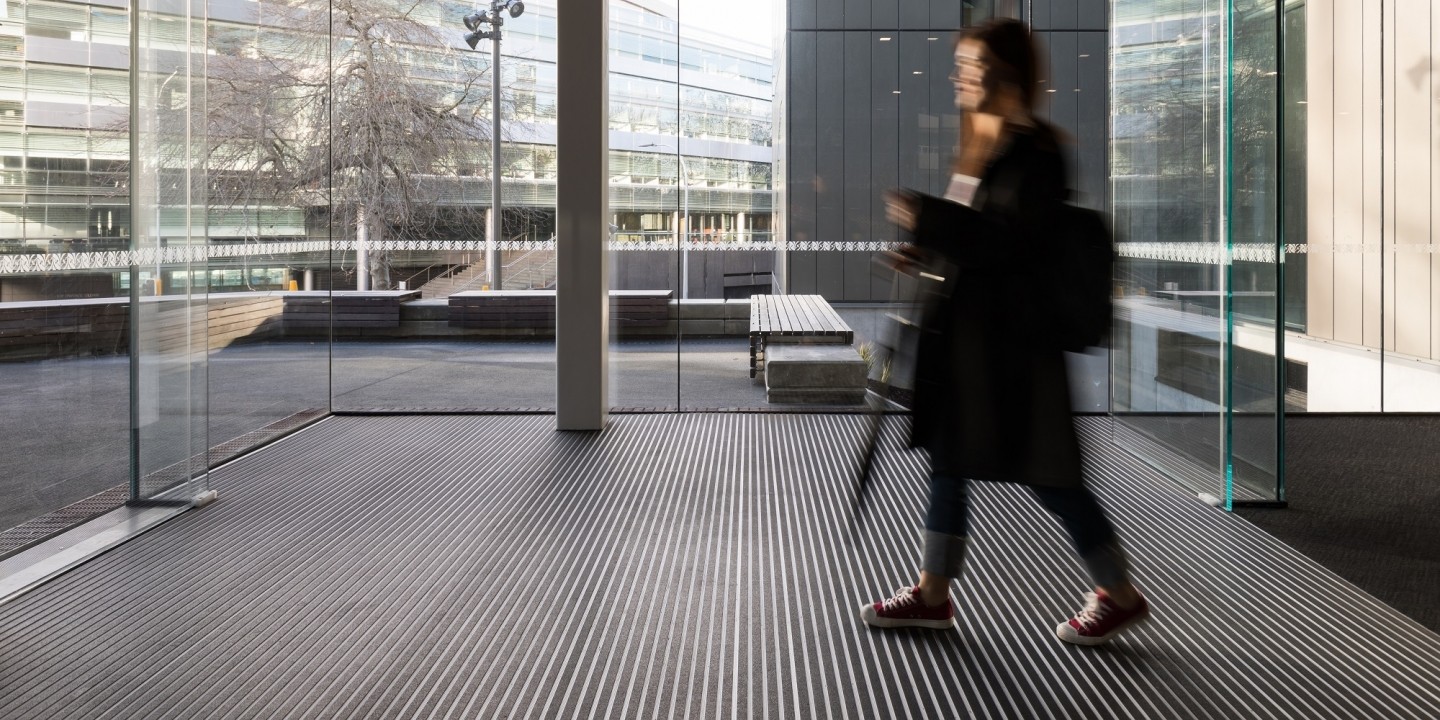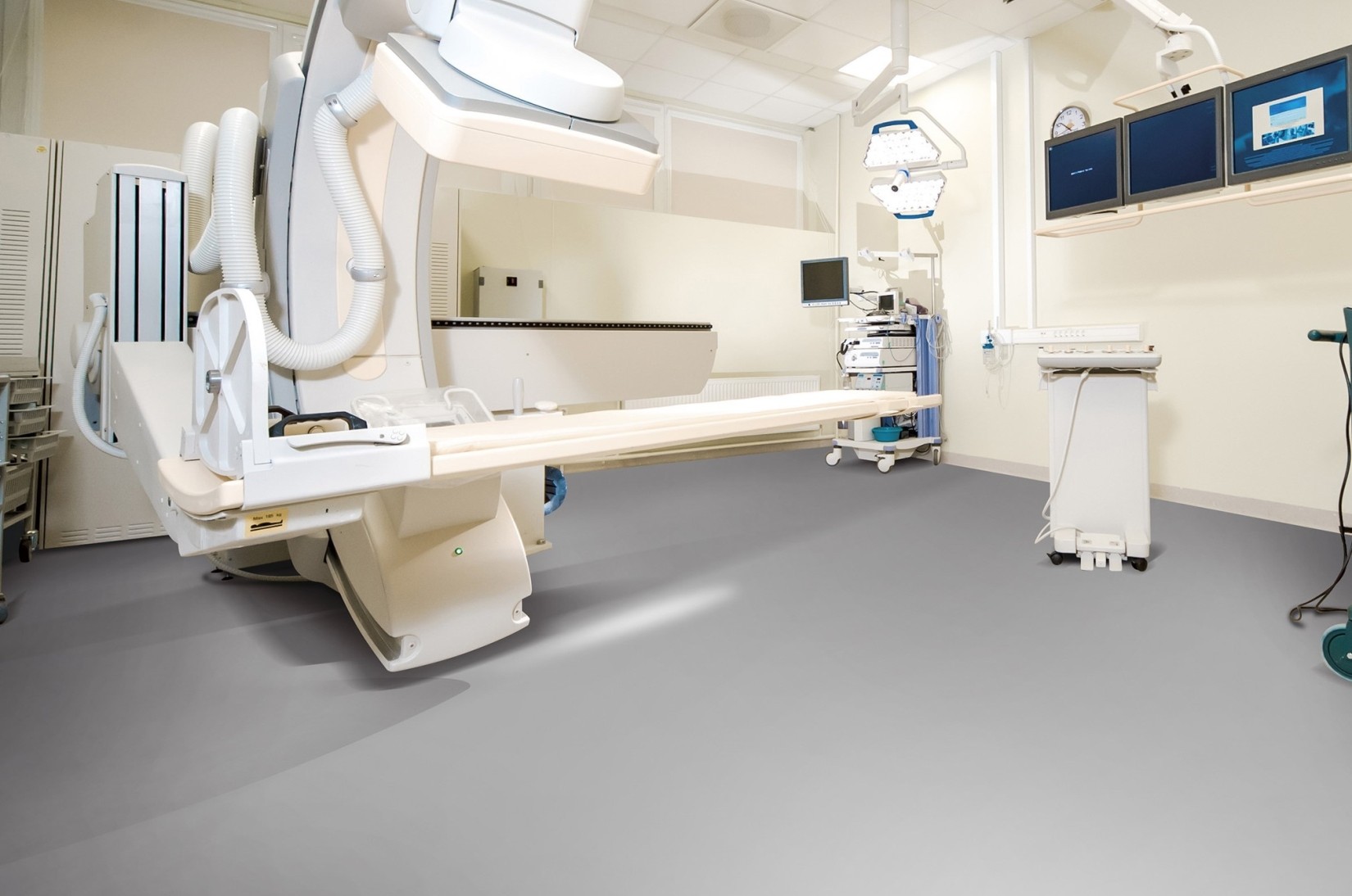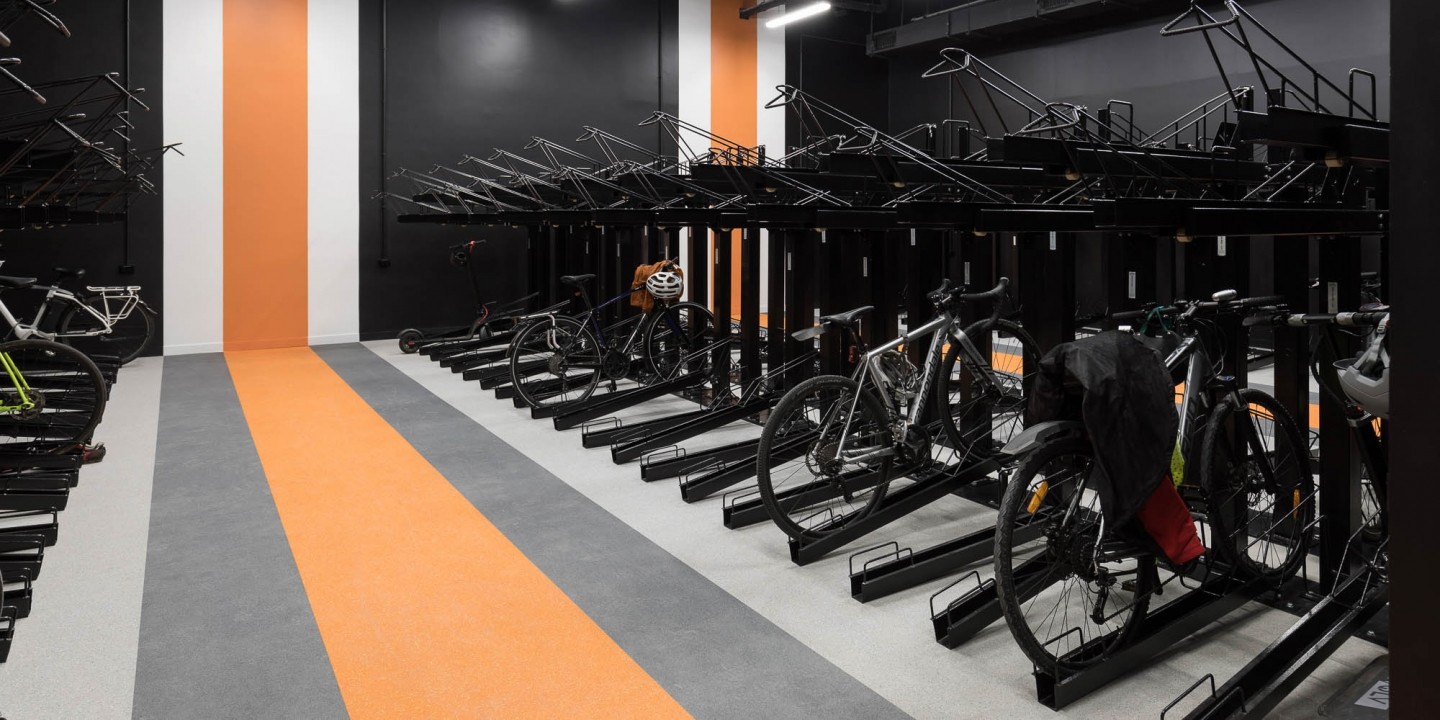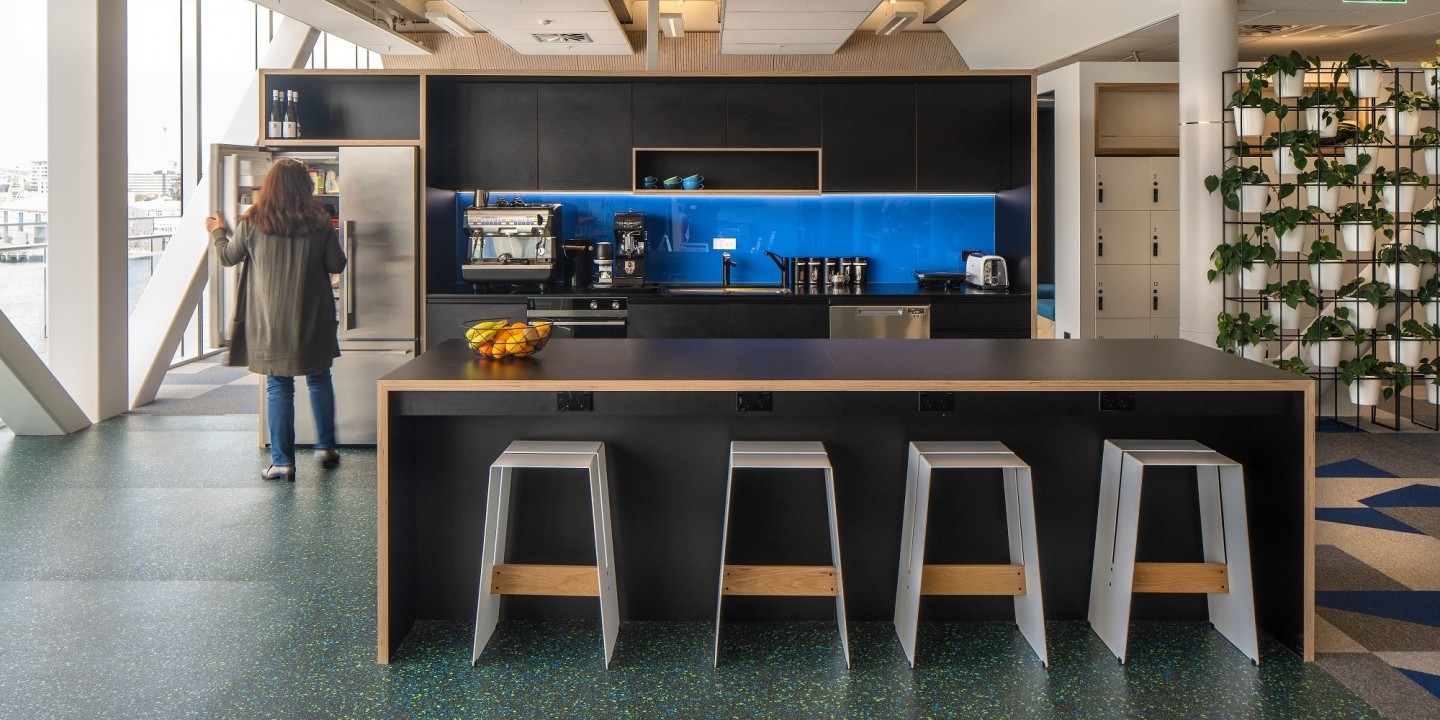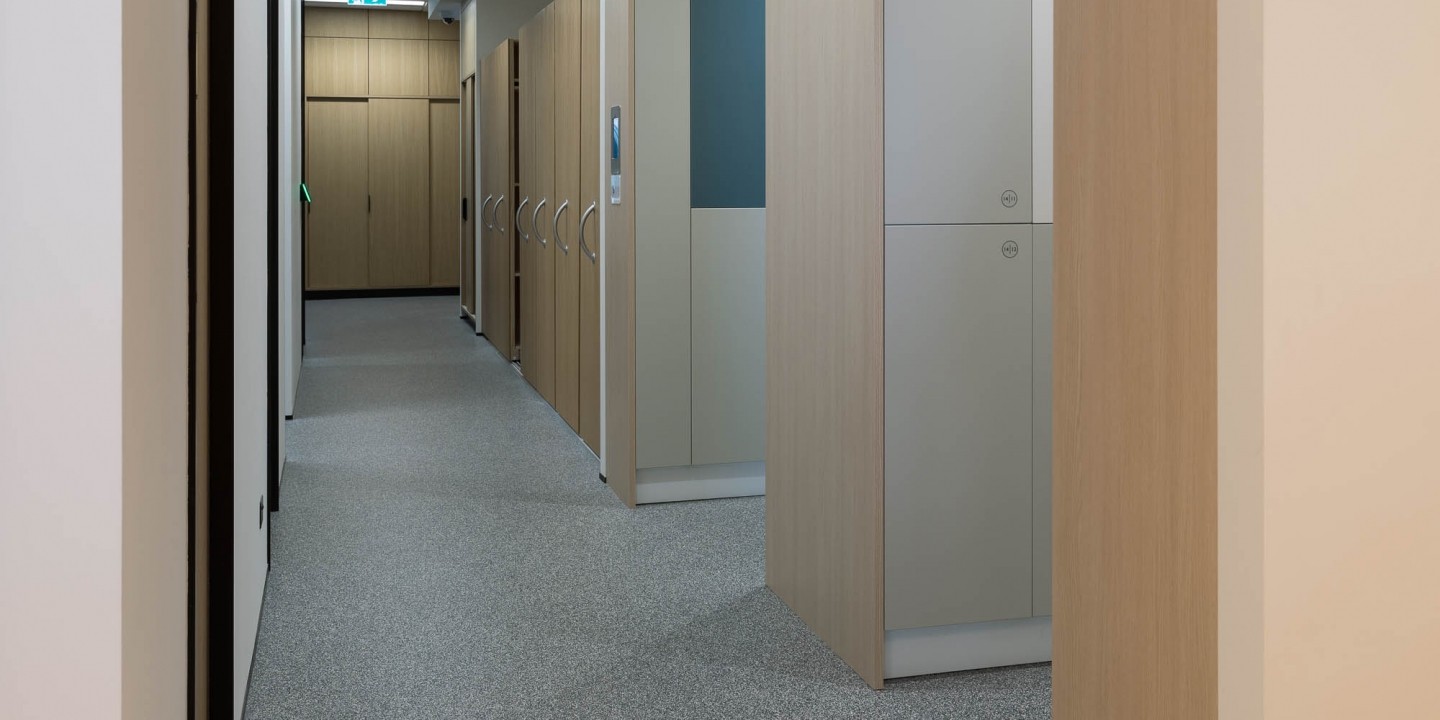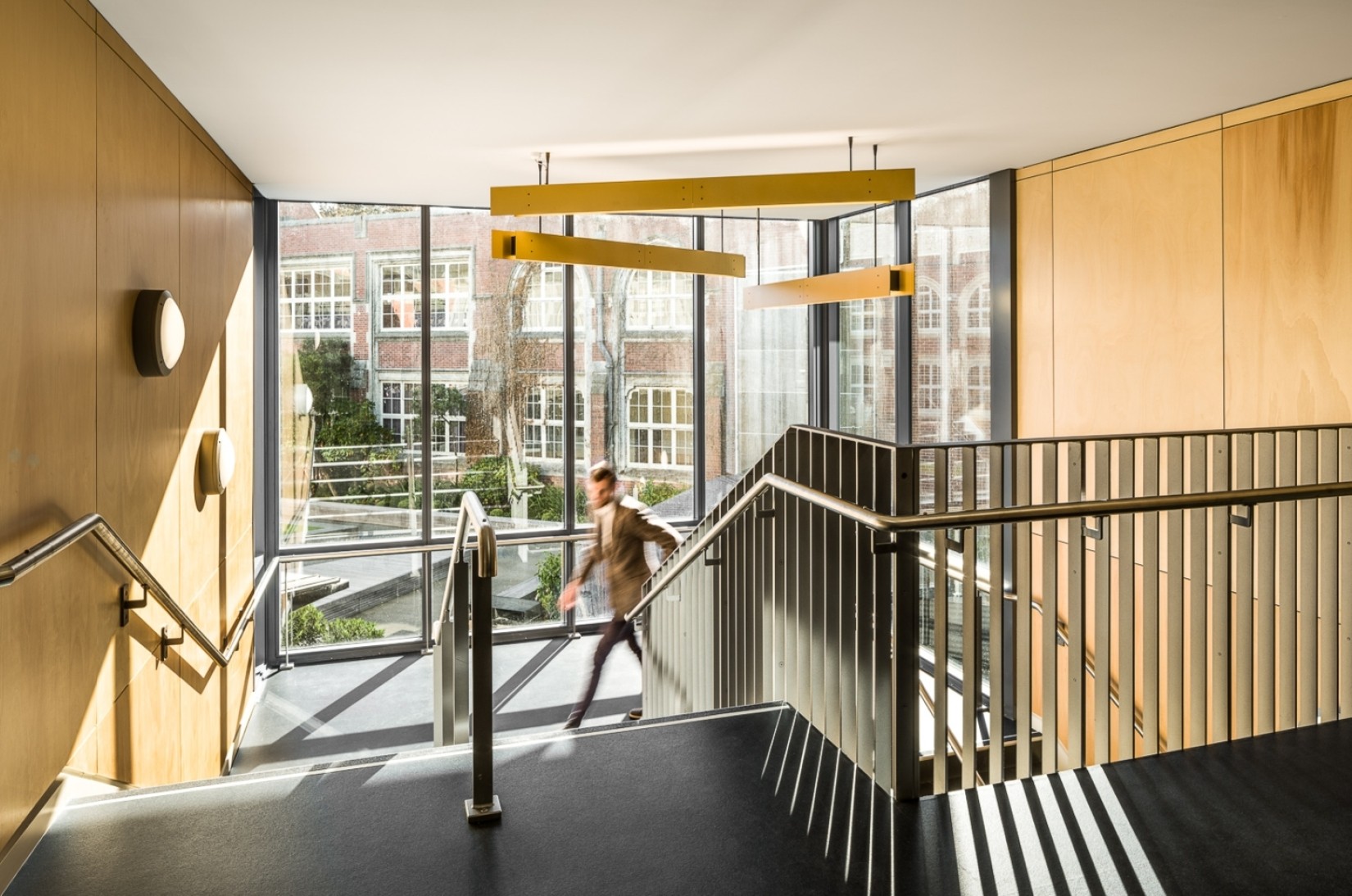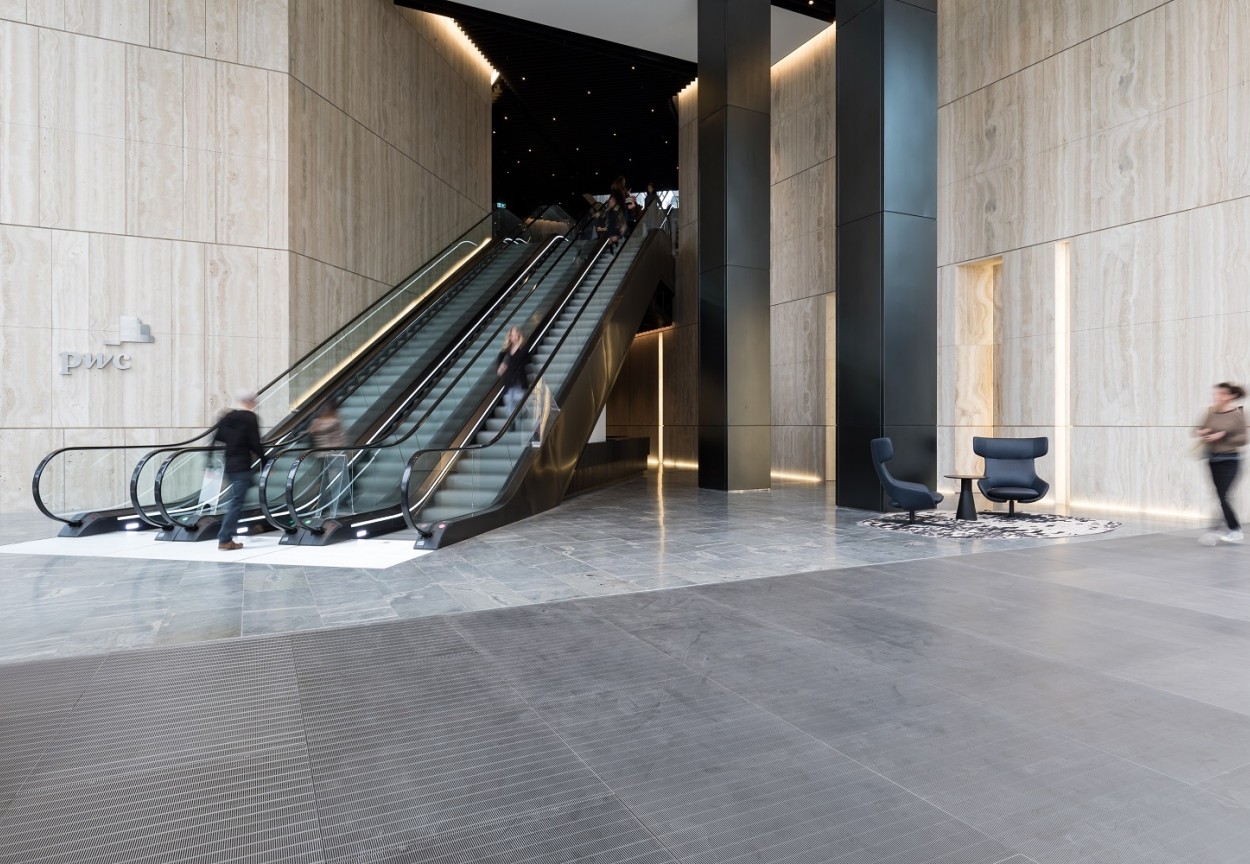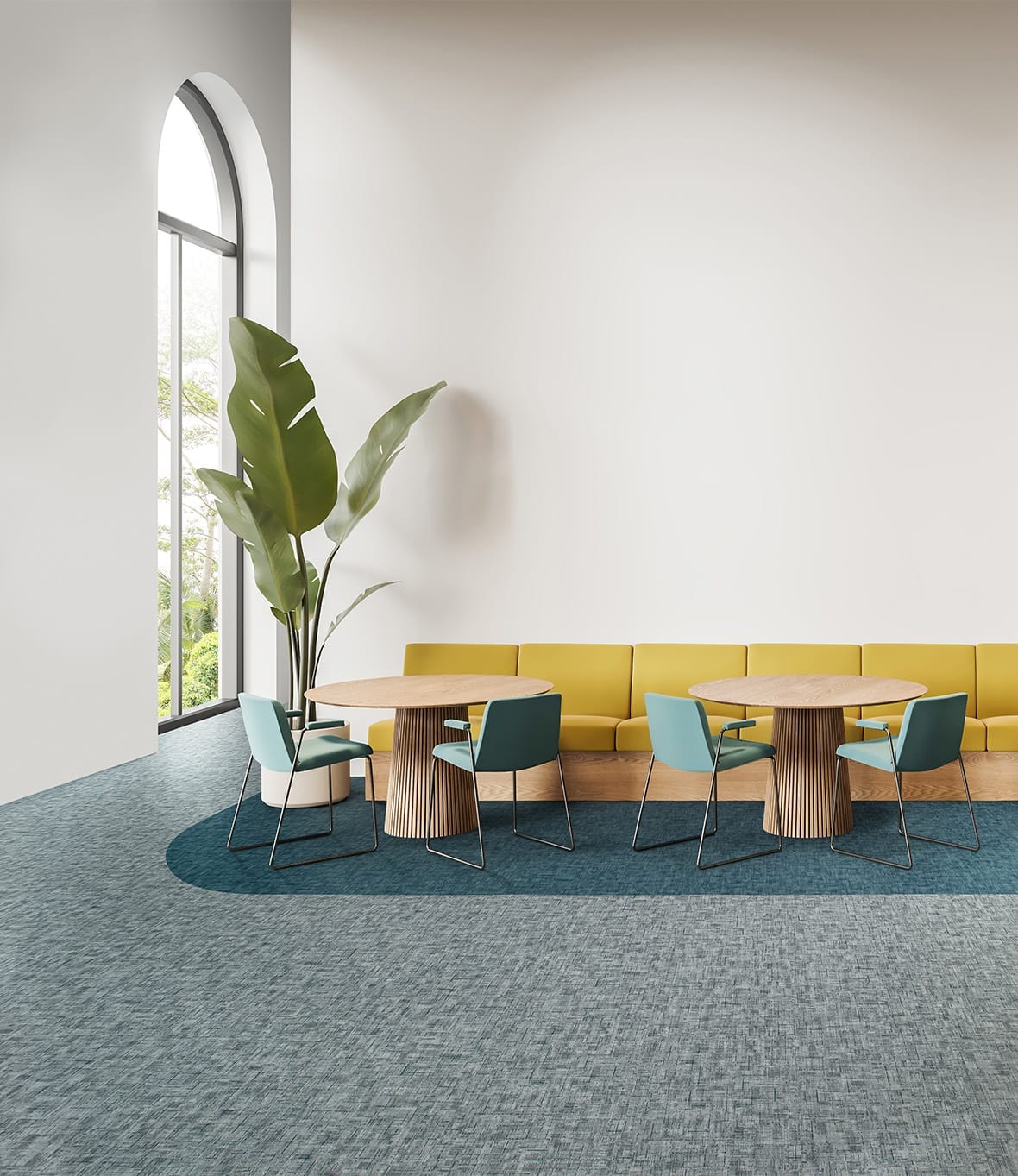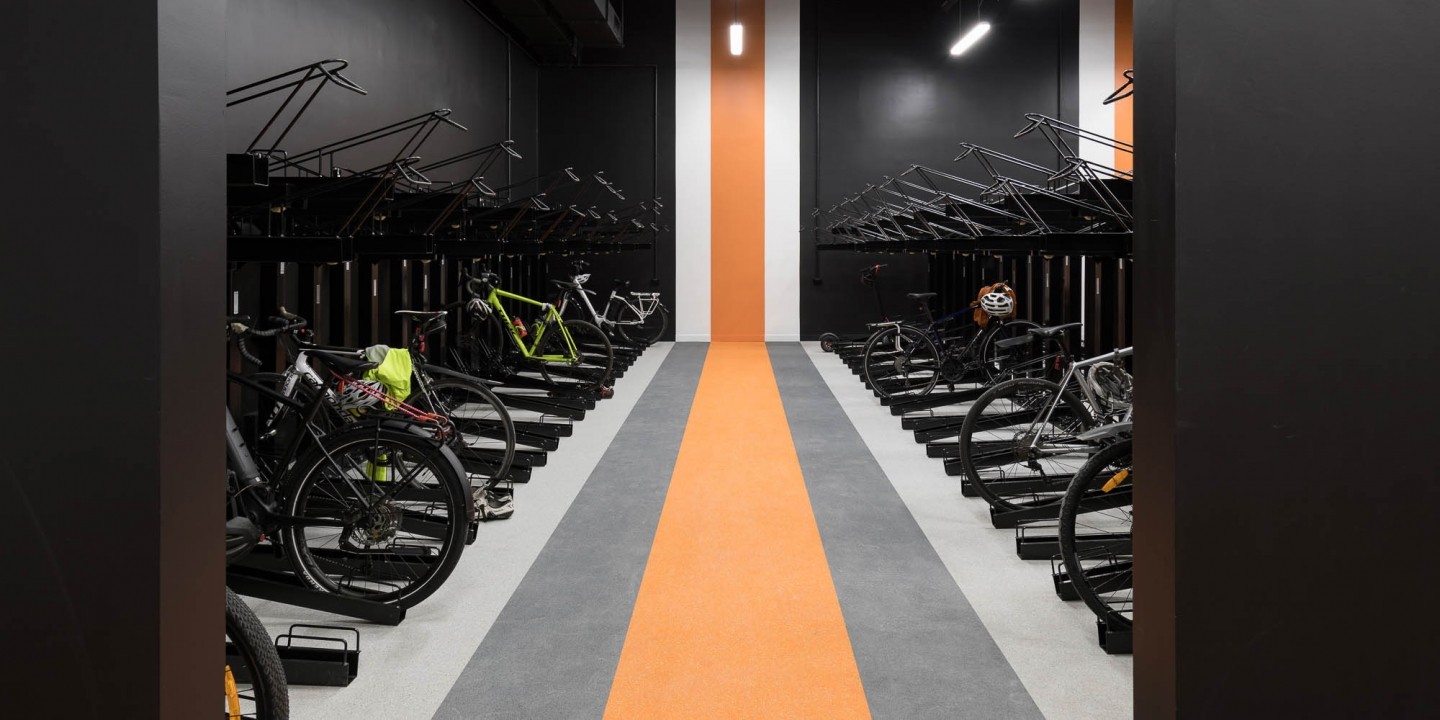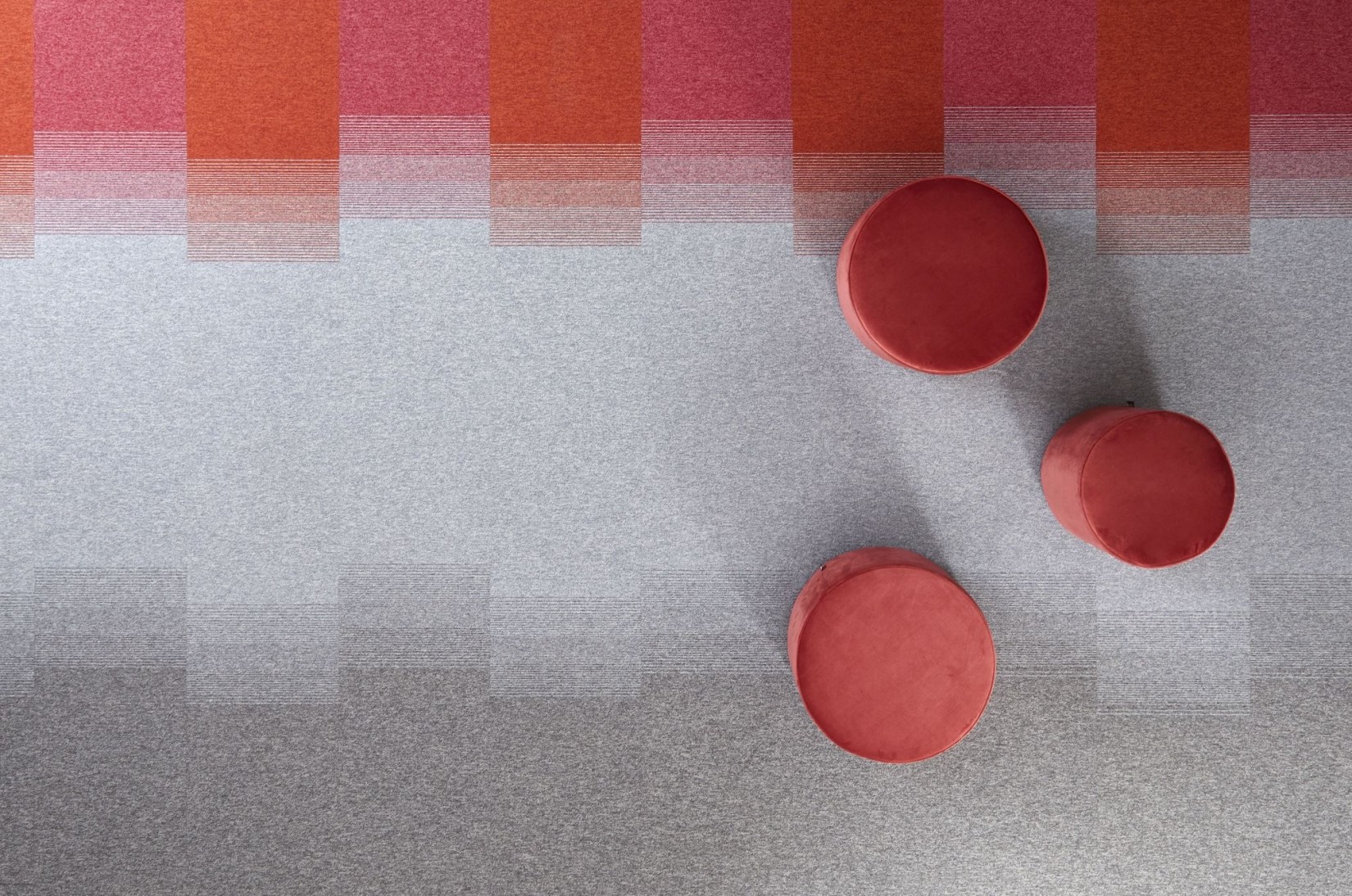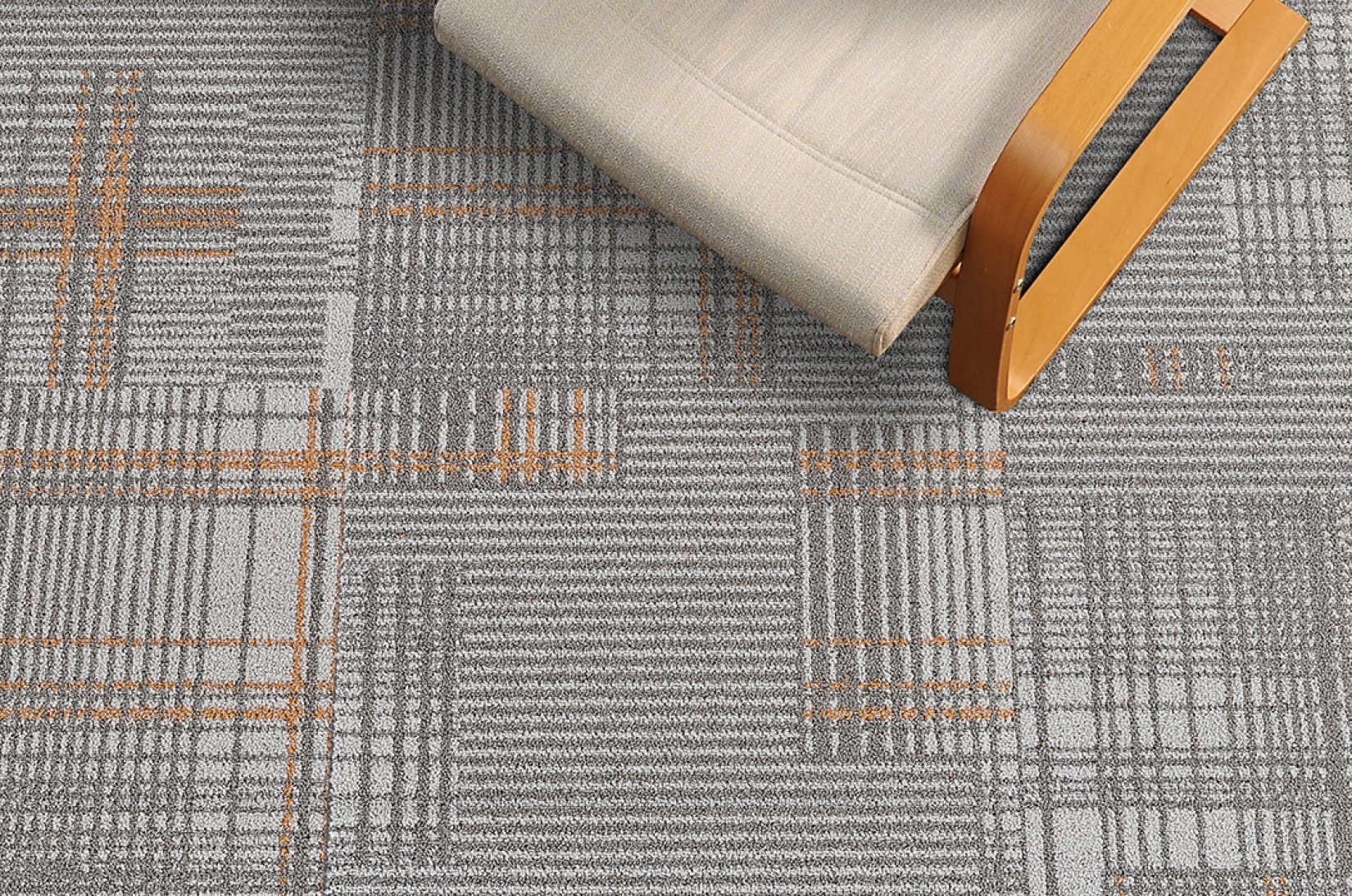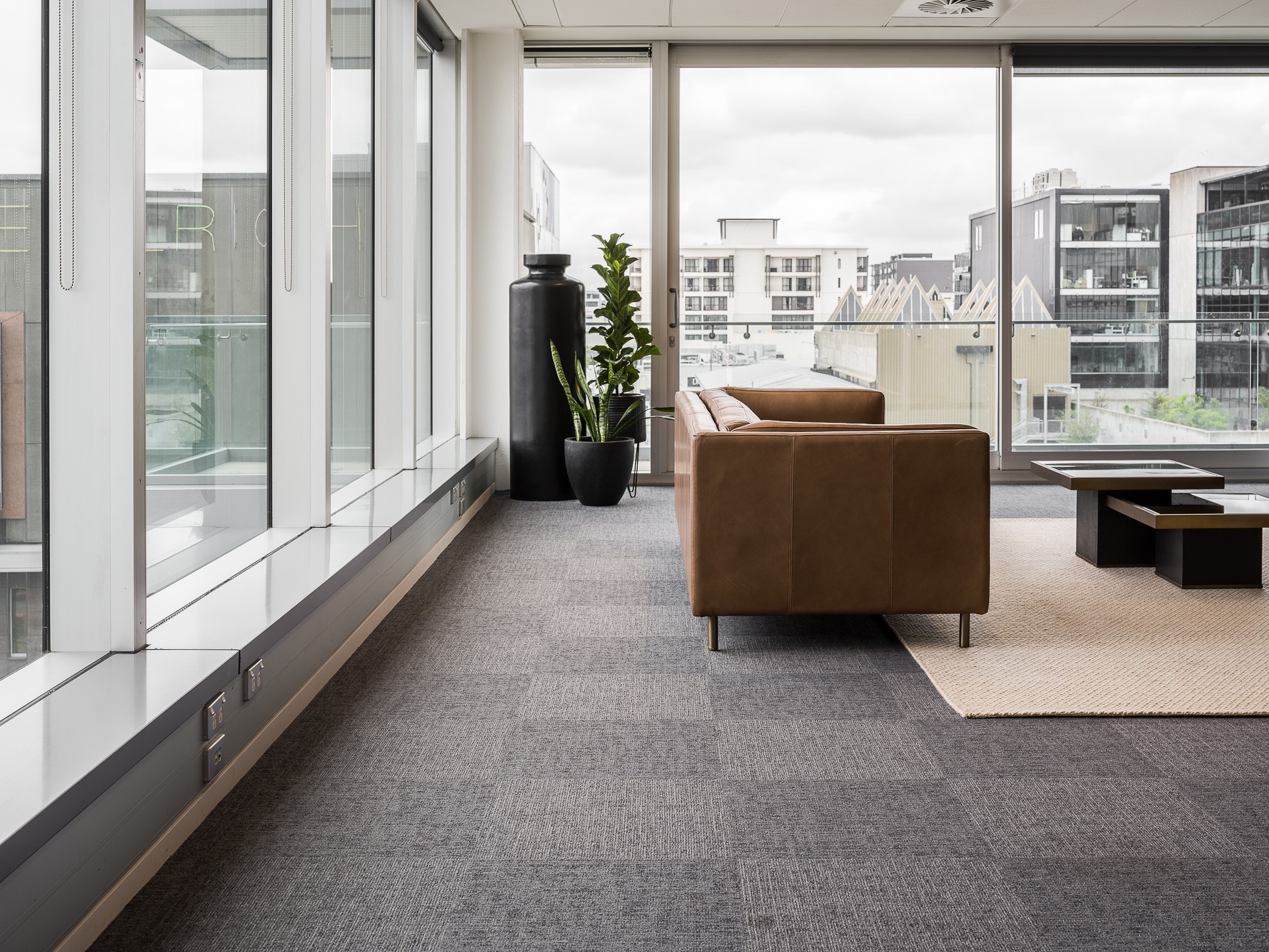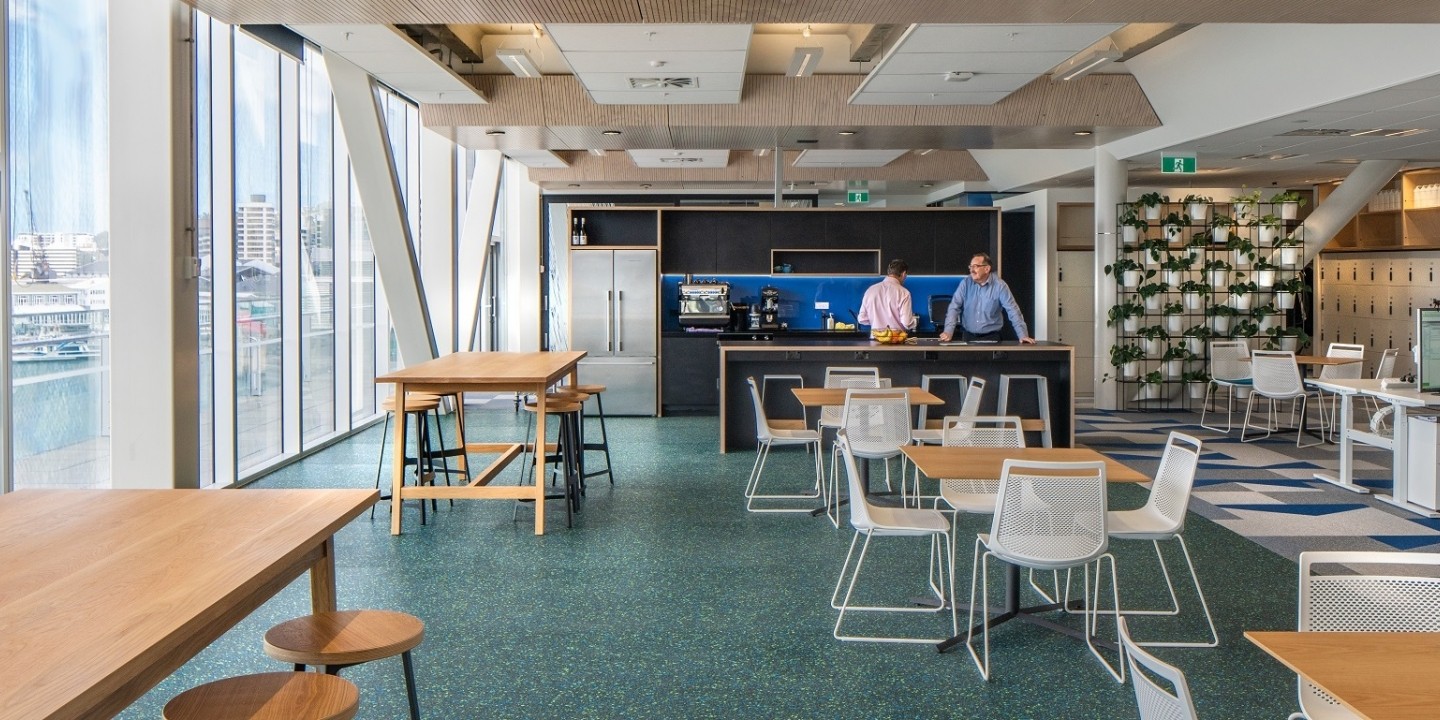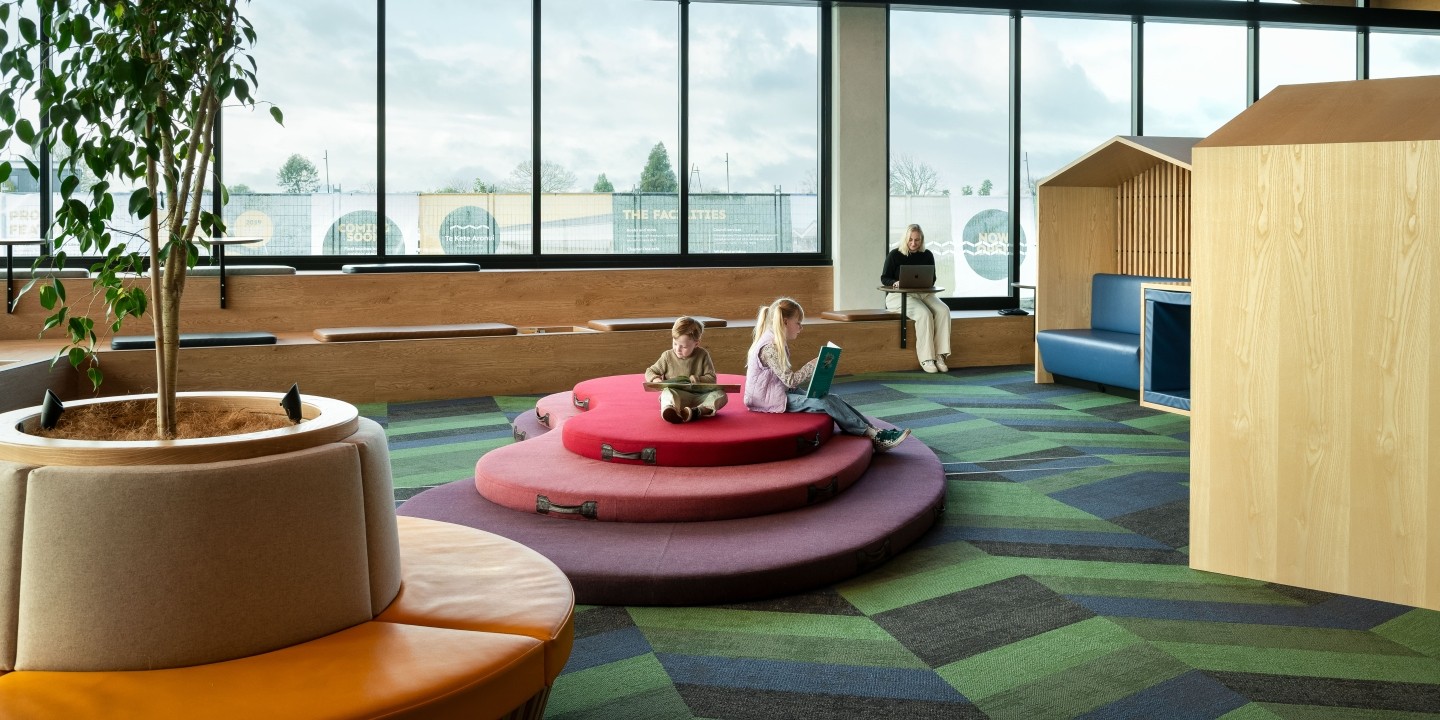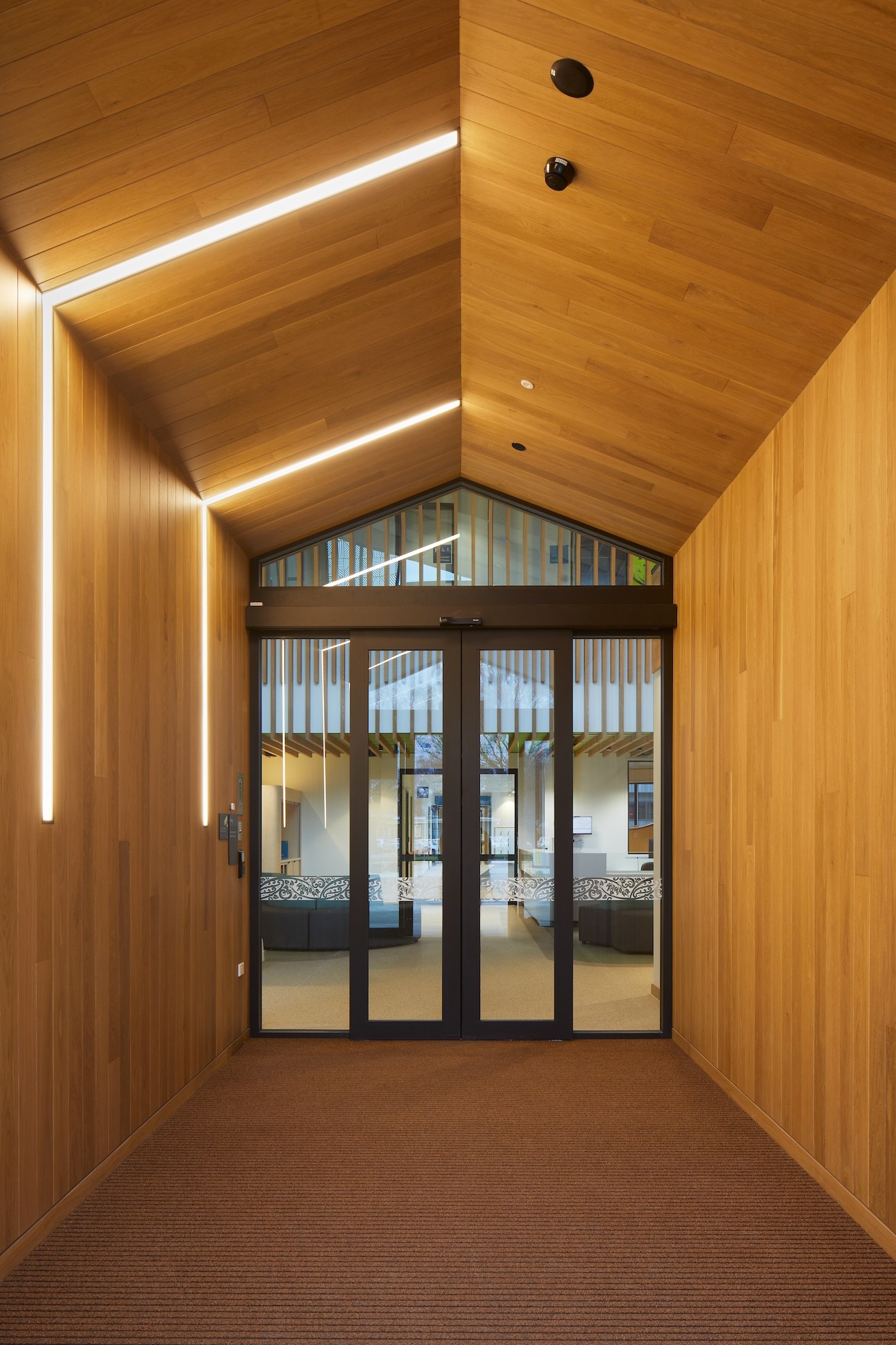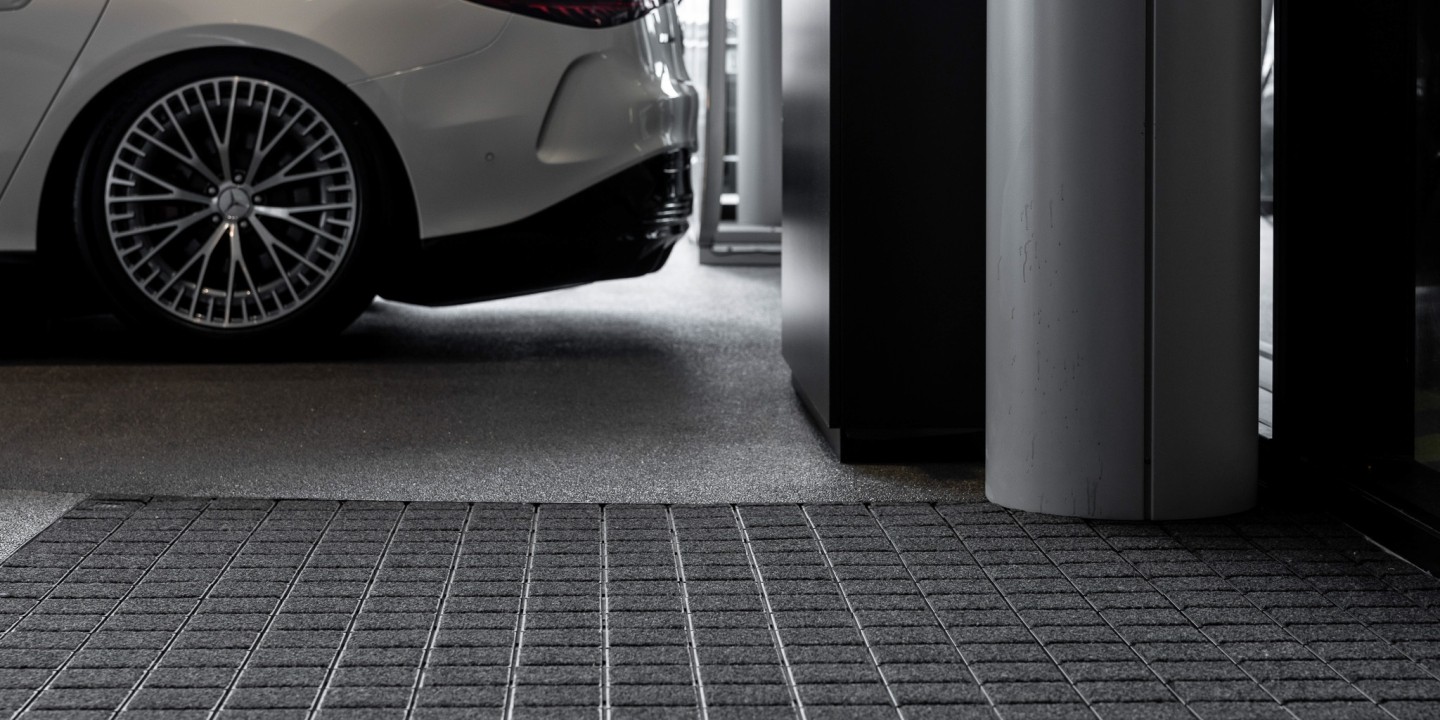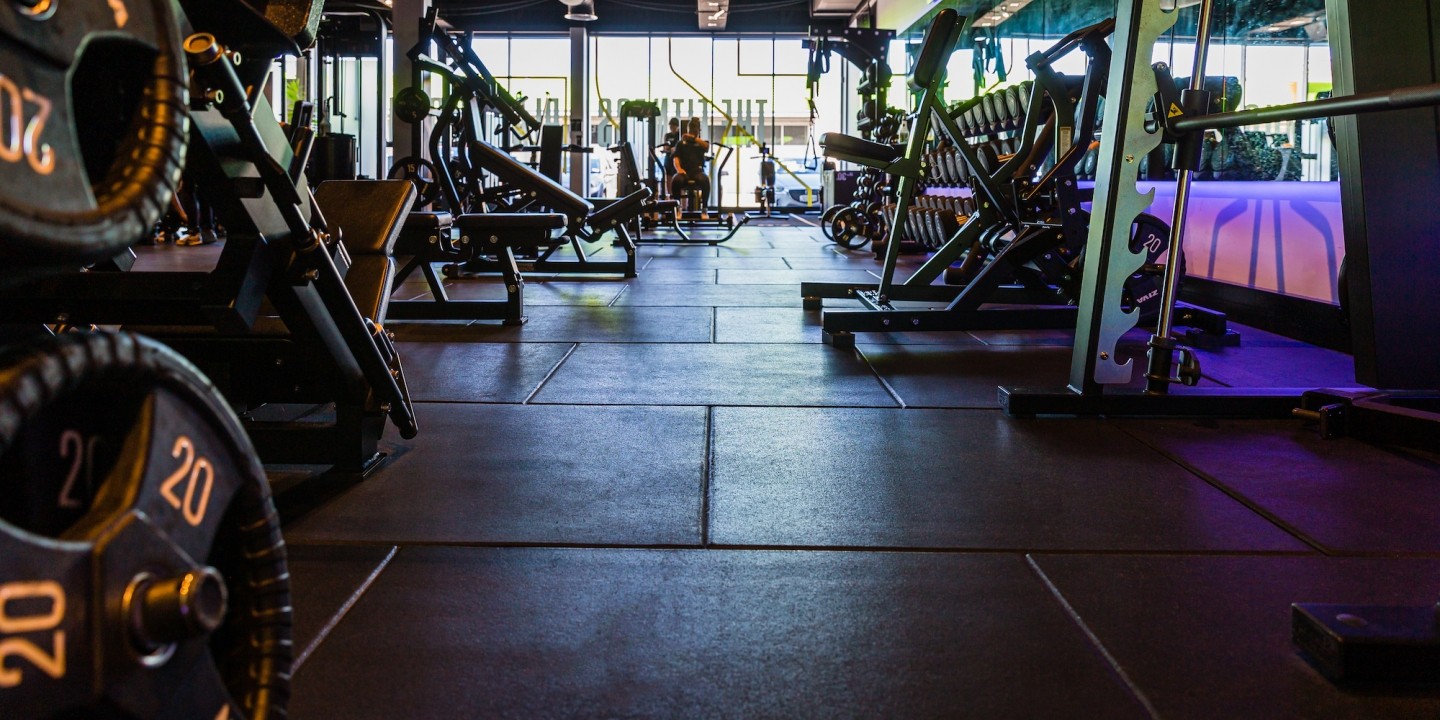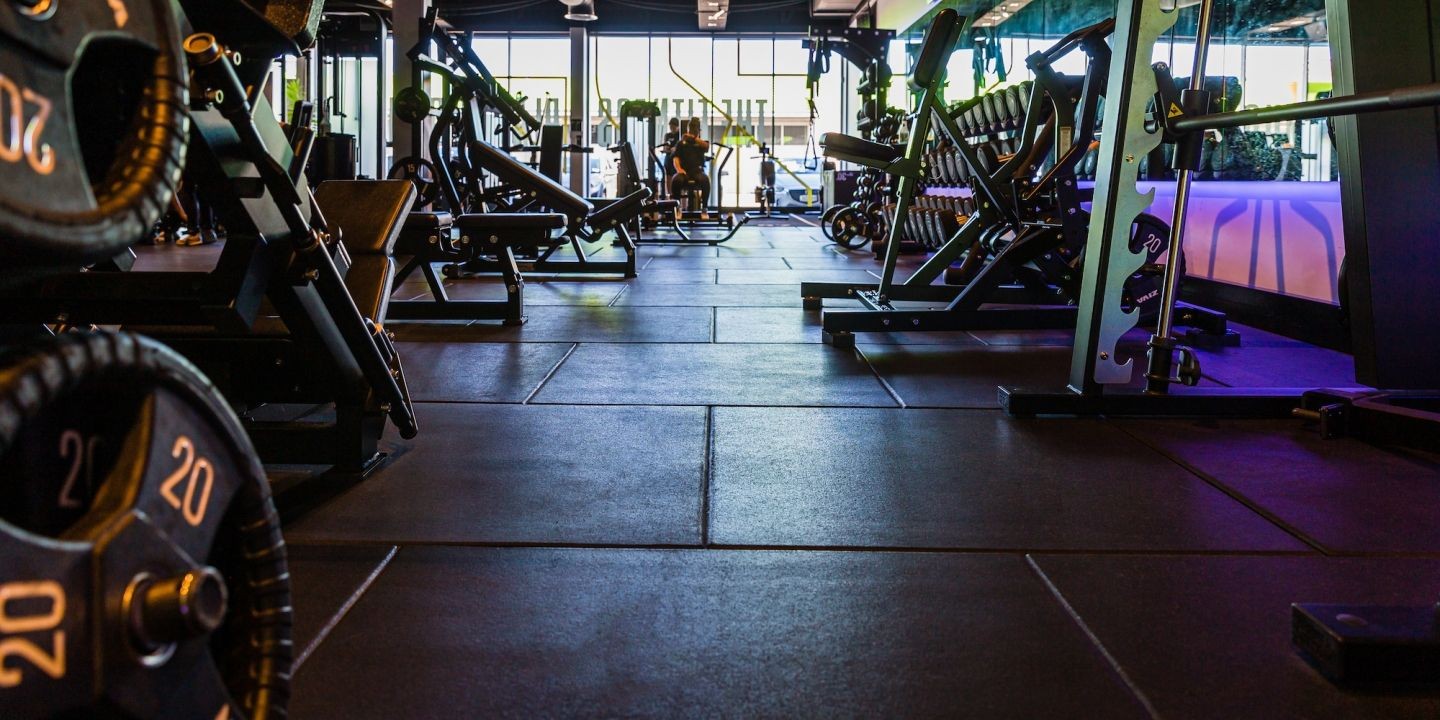What causes the "tyre" smell in rubber flooring?
Rubber flooring is typically made from natural, synthetic or recycled rubber, each of which has distinct properties and odour characteristics:
- Natural rubber: Derived from the sap of rubber trees, it has an inherent latex smell that can intensify with heat, air exposure and during manufacturing.
- Recycled rubber (Tyre-Derived Rubber – TDR): Made from ground-up used tyres, it retains a noticeable "tyre" smell due to residual oils and compounds from its original manufacturing process.
- Synthetic rubber: Typically made from chemical polymers, it has a more chemical polymers like Styrene-Butadiene Rubber – SBR, it often has a more chemical or plastic-like odour. EPDM (Ethylene Propylene Diene Monomer), a type of synthetic rubber, emits a much milder scent than SBR or recycled rubber, thanks to its lower content of volatile organic compounds (VOCs).
Because of the materials used, it is normal for rubber flooring to have a noticeable smell when first installed. However, the intensity of this smell depends on the quality of materials and manufacturing process.
EPDM: The Best Low-Odour Rubber Flooring Solution
For customers concerned about odour, EPDM (Ethylene Propylene Diene Monomer) rubber is the superior choice. Used in Neoflex rubber flooring,EPDM stands out because, unlike synthetic or recycled rubber, it is:
- Virtually odour-free: Unlike traditional rubber flooring, high-quality EPDM does not emit a strong tyre-like smell. Its formulation ensures that volatile organic compounds (VOCs) are minimal, resulting in an almost neutral or mild fragrance after installation.
- Highly durable and resilient: EPDM is designed to withstand heavy foot traffic and extreme weather conditions. It does not degrade easily, making it ideal for high-performance flooring applications.
- Resistant to Chemicals & Moisture: Unlike natural or recycled rubber, EPDM is highly resistant to UV exposure, moisture and humidity, and oils, acids, and cleaning chemicals
- Eco-friendly and sustainable: EPDM is 100% recyclable and often contains no harmful fillers or toxic chemicals. Many manufacturers produce low-VOC EPDM flooring, which contributes to better indoor air quality.
- Comfortable and safe: Due to its flexibility and shock-absorbing properties, EPDM flooring provides better cushioning and slip resistance than traditional rubber options, making it a preferred choice for gyms, play areas and commercial spaces.
How to Reduce Rubber Smell in Other Flooring Types
For non-EPDM rubber flooring, odour can still be effectively minimised using these methods:
- Cleaning with a neutral pH solution: Mop the flooring with a mild, neutral pH cleaner and water. This helps remove any residual manufacturing oils that contribute to the smell.
- Ensuring proper ventilation: Odours linger in enclosed spaces, so improving airflow with open windows or fans will help disperse VOCs more quickly.
- Avoiding prolonged direct sunlight: While heat can accelerate off-gassing, intense sunlight may cause discolouration in some rubber flooring types. For best results, prioritise ventilation to help dissipate any remaining odour safely and effectively.
Final Thoughts
If you’re looking for rubber flooring without the strong tyre smell, EPDM is the best choice. Its low-odour, high-performance and eco-friendly properties make it the ideal solution for a wide range of applications.

